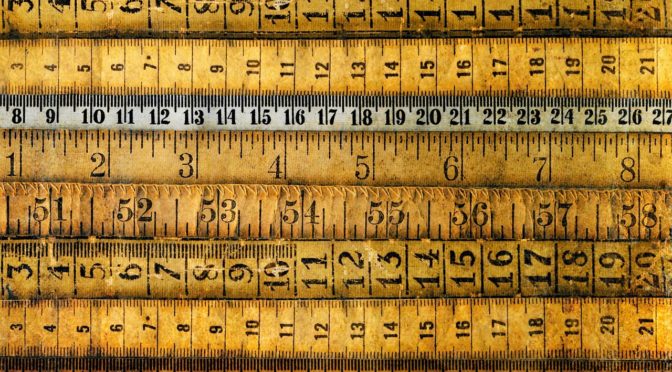A politician’s boasting should not be the yardstick for policy.
As noted by Ed Flentje in the Wichita Eagle:
As a newly elected governor in 2011 Brownback embraced the discredited, tax-cut dogma of Arthur Laffer in the belief that tax cuts would dramatically stimulate economic growth. He told a friendly audience that cutting income tax rates would generate even more revenue for government. Soon after, the governor elevated the bluster. His tax cuts would give “a shot of adrenaline in the heart of the Kansas economy.” “We’ll have a real live experiment.” “Look out Texas. Here comes Kansas!” “Glide path to zero.”
Despite Professor Flentje’s claim, there is much evidence that higher taxes, especially higher income taxes, mean lower economic growth. 1 2 3 (There’s also the side benefit of leaving more money in the hands of those who earned it, rather than transferring it to the wasteful public sector.) Cutting taxes — or raising taxes, for that matter — is a treatment that influences things in one direction. If other more powerful forces influence things in an opposite direction, it doesn’t mean the original treatment didn’t work.
In the case of Kansas, think how much worse things might be if not for the stimulative effect of the tax cuts.
Still, Governor Brownback should have been more measured in his remarks — or his bluster. He shouldn’t have followed the example of President Barack Obama. He, right after becoming president, promised that the unemployment rate would not top eight percent if his stimulus bill was passed. That plan passed.
In January 2009 two Obama administration officials, including Christina Romer (who would become chair of the Council of Economic Advisers) wrote a paper estimating what the national unemployment rate would be with, and without, the American Recovery and Reinvestment Plan, commonly known as the stimulus. The Romer paper included a graph of projected unemployment rates. The nearby chart from e21 took the Romer chart and added
actual unemployment rates. (The accompanying article is Revisiting unemployment projections. That chart and article were created in 2011. I’ve updated the chart to show the actual unemployment rate since then, as black dots. The data shows that the actual unemployment rate was above the Obama administration projections — with or without the stimulus plan — for the entire period of projections.
The purpose of this is not to defend Brownback by showing how Obama is even worse. (Disclosure: Although I am a Republican, I didn’t vote for Brownback for governor.) Instead, we ought to take away two lessons: First, let’s learn to place an appropriately low value on the promises, boasts, and bluster made by politicians. Then, let’s recognize the weak power government has to manage the economy for positive effect. Indeed, the lesson of the Obama stimulus is that it made the unemployment rate worse than if there had been no stimulus — at least according to the administration projections.
Governor Brownback was right to cut taxes because Kansas taxes were too high.

- “So what does the academic literature say about the empirical relationship between taxes and economic growth? While there are a variety of methods and data sources, the results consistently point to significant negative effects of taxes on economic growth even after controlling for various other factors such as government spending, business cycle conditions, and monetary policy. In this review of the literature, I find twenty-six such studies going back to 1983, and all but three of those studies, and every study in the last fifteen years, find a negative effect of taxes on growth. Of those studies that distinguish between types of taxes, corporate income taxes are found to be most harmful, followed by personal income taxes, consumption taxes and property taxes.” McBride, William. What Is the Evidence on Taxes and Growth? Tax Foundation. Available at https://taxfoundation.org/what-evidence-taxes-and-growth/. ↩
- “Research finds that higher state taxes are generally associated with lower economic performance. There is somewhat weaker evidence that state and local taxes can significantly reduce income growth within a state, particularly when the revenues raised are devoted to transfer payments. More recent research corroborates this finding in relation to net investment and employment. However, when additional tax revenue is used to improve the quality of public goods and services, economic growth may increase. When looking at business activity more broadly, more comprehensive reviews of the literature find higher taxes to be associated with less economic growth. They also find this relationship to be stronger within metropolitan areas than across metropolitan areas, which means that local taxes have a larger effect on economic growth when it is less costly for firms and taxpayers to relocate to avoid the tax.” Mercatus Center. Economic Perspectives: State and Local Tax Policy. Available at https://www.mercatus.org/publication/economic-perspectives-state-and-local-tax-policy. ↩
- “Two research papers illustrate the need to maintain low taxes in Kansas, finding that high taxes are associated with reduced income and low economic growth.” Weeks, Bob. Kansas needs low taxes. Available at https://wichitaliberty.org/kansas-government/kansas-needs-low-taxes/. ↩









